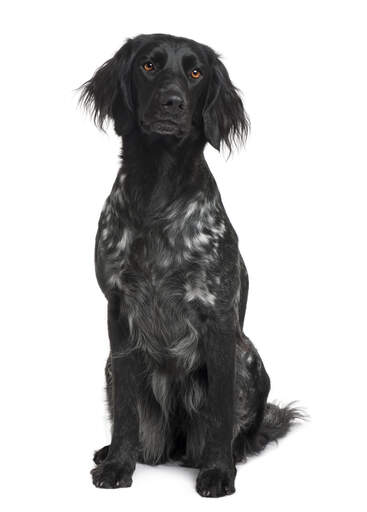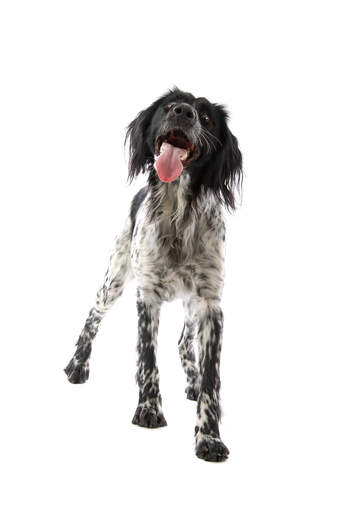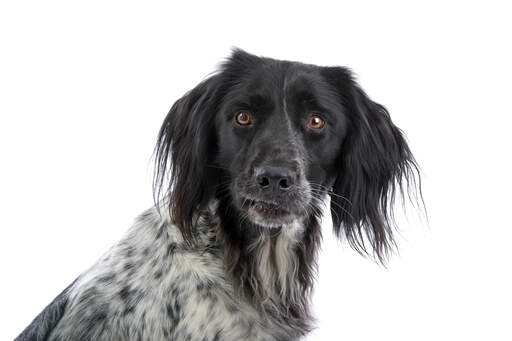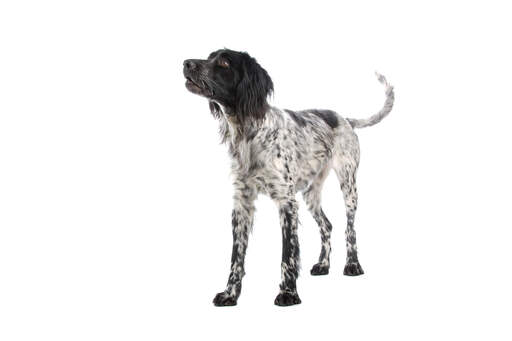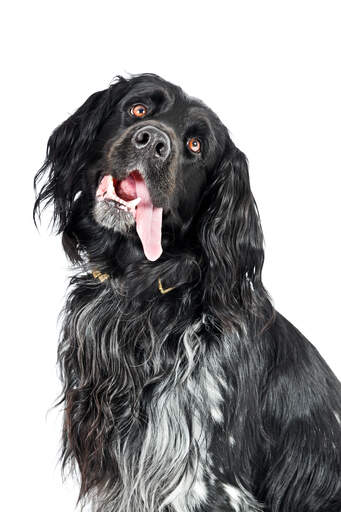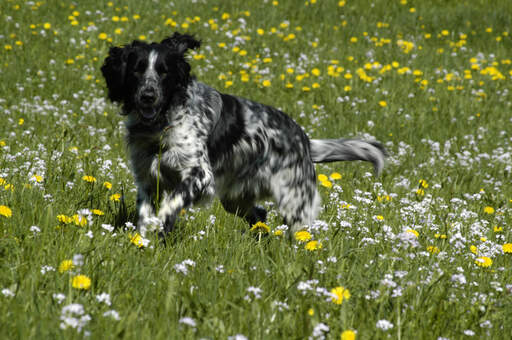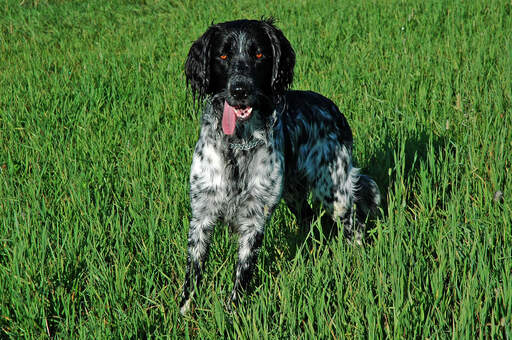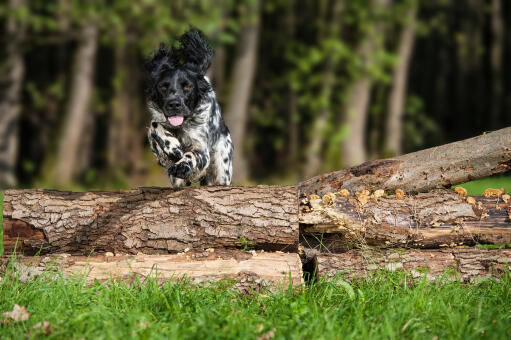Large Munsterlander Dogs








Breed Rating (1 Reviews)
| Appearance | |
| Friendliness | |
| Hardiness | |
| Garden |
History
The Large Munsterlander comes from the Munster region of Germany. It is thought that they date back to the middle ages, but this is not confirmed and the breed was first officially recognised in the 1800s. They were bred as hunting dogs and are classed as hunt, point and retrieve breed (HPR for short). Only liver and white hunting dogs were ever used in Germany, so the black and white variations were never that popular. It is thought that the breed is derived from the German Pointer and Setters from other areas of Europe. Today the Munsterlander is highly prized dog in Germany, the UK, and Canada.
Behaviour
The Munsterlander is a friendly, alert, affectionate and loving companion. Happy to be close to people, children and content and quiet in the home. They make good pets and get along well with other dogs, cats and animals. Usually fine with strangers in the home if socialised properly. They make good pets for an active family, with the emphasis on 'active'. These are working dogs and need to be exercised. They will happily sleep on your sofa and be calm indoors, once they have received a long walk.
The Munsterlander is highly trainable and has a need to work. They like to carry things in their mouths and this is the best way to start training, using their natural retrieval instincts to get them to fetch and come back to you. They need loving, positive training and no harsh words. They usually learn quickly and love to please you, but can take advantage if they sense weakness in their trainer. Flyball, agility, obedience, HPR trials and therapy are all possible with the Munsterlander. They are an all round dog and with suitable training do well in most areas.
They need to be out and about and love nothing better than a long walk, through woodlands, open fields and dense cover. They rarely stray too far and were bred to stay close to their owner. They have massive amounts of energy and need to expel this when out walking. Muddy puddles are a favourite and when completely caked in mud, they will still want to curl up on the sofa with you. If they don't get enough exercise, they can be destructive in the home. They like to swim and also make good waterfowl dogs. Best suited to a very active person/family who enjoy long walks every day. Also good for joggers, as they have decent stamina.
The longish coat of the Munsterlander protects it from dense undergrowth when out exploring, but does collect burrs and debris. It will need brushing daily after a long walk to remove anything it has picked up. Generally brushing every other day is recommended. Females have a shorter coat than males.
Temperament
Large Munsterlanders have a happy and sociable temperament. They form close bonds with their family and get along well with other pets and children. They will require plenty of physical and mental stimulation to prevent boredom and restlessness. They don’t make great guard dogs and are more likely to greet strangers with enthusiasm.
Health Problems
This is a very healthy breed, generally. They are slightly prone to Canine Hip Dysplasia, though this is rare.
Breed Details
- Status: Common
- Life Expectancy: 11 - 13 years
- Weight: 23 - 32 kg
- Height: 23 - 26"
- Rare: No
- Coat: Medium - Double
- Grooming Requirements: More than once per week
- Town or Country: Either
- Minimum Home Size: Large House
- Minimum Garden Size: Large Garden
- Breed Type: Gun Dog
- Size: Large
- Energy Level: Medium
- Exercise Required: Over 2 hours
Large Munsterlander Pictures
Latest Reviews For Large Munsterlander (1 of 1)
Wonderful, loving family dog. - Alicia,
I have had two Large Munsterlanders and thoroughly recommend them as a family dog. Beautiful to look at and soft and silky to pet. Gorgeous coat and face. Very energetic though and love lots of country walks with access to rivers and puddles. Likes company and doesn't like to be alone for long periods. Very chatty but not much of a barker unless someone at the door.

